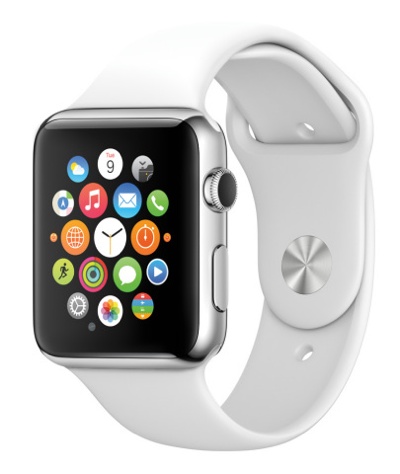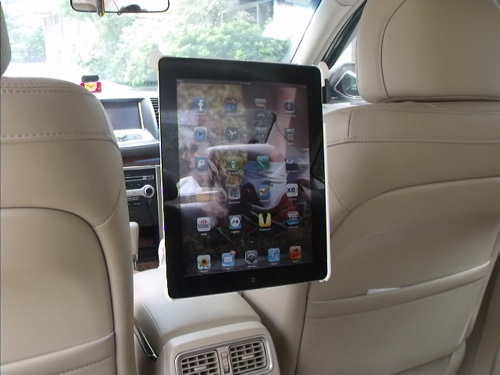A growing list of vendors, a proliferation of devices, experiences, and price points, and steady consumer adoption will fuel growth in the worldwide market for wearable devices. According to IDC (www.idc.com), wearable device shipments will reach 76.1 million units in 2015, up 163.6% from the 28.9 million units shipped in 2014.
By 2019, worldwide shipments will reach 173.4 million units, resulting in a five-year compound annual growth rate (CAGR) of 22.9%. Total shipments include both basic and smart wearables, which are two very different product categories in many aspects, adds the research group.
“Smart wearables only account for about a third of the total market today while basic wearables, led by fitness trackers, account for the rest,” says Jitesh Ubrani, senior research analyst for IDC’s Mobile Device Trackers. “Driven by advancements in user interface (UI) and features, smart wearables are on track to surpass the lower priced, less functional basic wearable category in 2018. Smart wearables will quickly move from a smartphone accessory primarily focused on notifications to a more advanced wearable computer capable of doing more processing on its own.”
Driving the market and gaining attention is smart wristwear, including watches and bands, which are capable of running third-party applications. This includes the Apple Watch, Motorola’s Moto 360, Samsung’s Gear S-series, and Pebble’s Time.
“We are at a stage now where more vendors are getting into this segment, setting the stage for more selection and ultimately more volumes,” says Ramon Llamas, Research Manager, Wearables, IDC. “Potential buyers wary of what is currently available will most likely be more interested once the second- and third-generation devices come to market with improved hardware and applications. From there, word-of-mouth and user-ambassadors will help to spur interest. Looking ahead, customers will need to pay close attention to the different operating systems that power smart wristwear.”
IDC says Apple’s watchOS, in its first year on the market, will quickly establish itself as the overall leader in the smart wristwear market and maintain its position throughout our forecast. IDC expects second and third generations of the Apple Watch will drive shipment volumes later in the forecast, particularly among those customers who take a wait-and-see approach. It will, however, see its market share erode as other platforms – particularly Android Wear – gain greater salience in the market, according to the research group.




